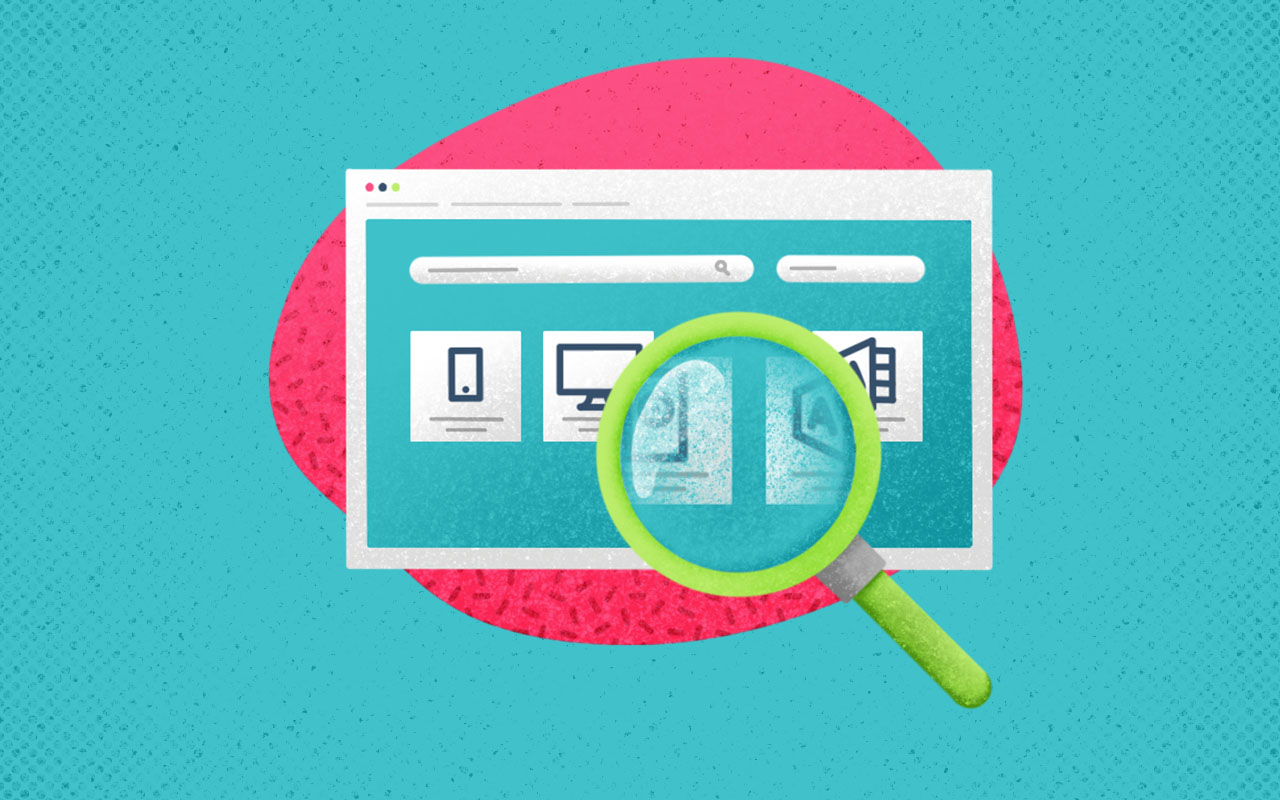Digital Experience Monitoring (DEM) is an IT operations management approach that focuses on monitoring and optimizing the user experience of applications and services. By using tools and technologies, DEM evaluates metrics collected from various digital touchpoints that users interact with.
Monitoring the digital experience allows organizations to detect and address issues before they negatively impact the user. It provides insights that enable organizations to understand the meaning of digital interactions and the complexity of user journeys.
Companies use DEM tools to monitor the performance of applications and infrastructures, both individually and as part of the broader digital ecosystem (including cloud services and external APIs).
By analyzing collected data, organizations can identify trends, anticipate problems, and make informed decisions to improve the overall digital experience
Why is DEM important for IT operations?
Digital experience monitoring is essential because it enables organizations to adopt and enhance the user’s perspective on the performance of digital services. DEM allows a deeper understanding of how users interact with different touchpoints and the complexity of their journeys within IT platforms.
As a result, DEM plays a crucial role in helping IT teams proactively monitor and manage the digital experience. By leveraging real-time data, IT teams can detect issues early, minimize downtime, and ensure optimal performance across all digital platforms.
Adopting Digital Experience Monitoring has become increasingly important, as it’s not merely a set of technical requirements but a business necessity. Poor user experiences can lead to reduced productivity, higher support costs, and ultimately, customer loss.
With a DEM approach, organizations can dynamically align IT operations with user needs and ensure that digital services effectively contribute to business goals.
Key Components of a Digital Experience Monitoring System
Whether it’s a customer using a web application or an employee accessing business software, the digital experience has a direct impact on overall satisfaction and productivity. As digital transformation evolves, users have growing expectations for seamless, always-on IT services.
A DEM system that effectively improves the digital experience must include key components designed to monitor, analyze, and enhance IT operations from various angles:
- User experience metrics: DEM measures aspects like page load times, interaction speed, and application responsiveness. These metrics give IT teams a clear understanding of how users perceive their interaction with the application, enabling targeted improvements.
- Application performance monitoring (APM): APM tools focus on backend application performance. By monitoring server response times, database queries, and other performance indicators, IT teams can identify bottlenecks and take prompt action.
- Real-time analytics: DEM systems collect real-time data from actual usage and simulated user interactions to identify potential problems before they cause serious issues. This allows IT teams to find specific solutions before they impact users, reducing downtime and improving operational efficiency.
Combining user experience metrics, performance monitoring, and real-time analytics enables IT teams to proactively address potential issues, improve performance, and ultimately deliver a high-quality digital experience to meet growing user expectations.
By integrating these components, a DEM system not only monitors digital interactions but also provides actionable insights for continuous improvement.
A robust DEM solution is crucial for maintaining a competitive edge and ensuring that both customers and employees enjoy uninterrupted, seamless access to the services they rely on daily.
Benefits and Challenges of Digital Experience Monitoring
According to Gartner, by 2027, the percentage of organizations implementing DEM will rise from 60% to 90%. More and more companies will use monitoring tools to enhance user journeys and better understand how users interact with applications and SaaS services.
This data reflects the growing adoption of DEM, and the reason is simple: the benefits, as we’ll see, are highly significant. However, we can’t overlook the challenges organizations face in adopting a digital experience monitoring approach.
The Benefits
A Digital Experience Monitoring system improves operational efficiency by reducing downtime, simplifying problem resolution, and providing valuable insights into application performance across platforms. Below are the key benefits:
- Proactive problem prevention: DEM systems simulate user interactions and help detect and resolve performance issues before they affect real users. This proactive approach reduces downtime and increases user satisfaction.
- Improved user experience: Constantly monitoring application performance ensures that services are available and function optimally across various devices.
- Support for diverse environments: Modern IT infrastructures consist of complex ecosystems with different architectures and platforms. DEM systems can monitor applications in multi-cloud, hybrid, or on-premise environments, offering flexibility and visibility throughout the system.
- Reduced maintenance effort: DEM tools automatically adapt to application changes, reducing the need for manual updates and minimizing maintenance efforts.
- Increased operational efficiency: Early problem detection allows IT teams to act quickly, minimizing downtime and speeding up issue resolution.
- Immediate insights: Real-time analysis from simulated transactions provides actionable insights, enabling quick changes to ensure optimal performance.
- Reduced downtime for users: Immediate visibility into problems allows IT teams to resolve them before they significantly impact users, ensuring business continuity.
- Better root cause analysis: DEM systems gather detailed user data and combine it with contextual information to accurately diagnose the root cause of issues, enabling faster and more precise resolutions.
- Improved user satisfaction: By quickly identifying and resolving specific user issues, DEM reduces user frustration, creating a more satisfying digital experience.
- Simplified IT support: DEM tools seamlessly integrate with IT service management (ITSM) platforms, enabling support teams to act on real user data and find effective solutions faster.
The Challenges
Implementing a Digital Experience Monitoring solution often encounters obstacles that must be carefully managed to maximize the effectiveness of DEM solutions.
- Navigating complex digital ecosystems: Monitoring diverse environments, spanning multiple platforms, devices, and networks, adds complexity and makes it harder to maintain complete visibility of the entire digital ecosystem. DEM tools must be flexible enough to provide broad coverage.
- Managing data and ensuring accuracy: Collecting comprehensive and accurate data can be challenging and inefficient, particularly when dealing with large volumes of information. Properly configuring DEM systems to filter out unnecessary data and focus on relevant information is crucial to avoid misinterpretations that could lead to costly decisions.
- Seamless integration with existing IT infrastructure: Integrating DEM tools with current IT systems without causing disruptions requires careful coordination and a planned approach. Organizations must rely on a specialized team to ensure the transition is smooth and doesn’t interfere with daily operations.
- Unifying different DEM technologies: The wide range of DEM technologies, from real user monitoring (RUM) to synthetic transaction monitoring to endpoint monitoring, can be difficult to unify. Organizations need to combine these tools into a single system to get a complete view of the digital experience.
- Managing real-time monitoring without overload: While real-time monitoring is essential for quickly identifying problems, it can lead to an excessive number of alerts and overwhelm operators. Maintaining a balance between rapid response and effective resource management is crucial.
- Balancing privacy with information provision: With the rise of data privacy laws, organizations must ensure their DEM practices comply with regulations while continuing to gather valuable information. Respecting privacy rules must go hand in hand with efforts to optimize the collection of actionable and relevant insights.
Conclusion: The Role of AI in Enhancing Digital Experience Monitoring
The future of digital experience monitoring will be significantly shaped by advances in artificial intelligence (AI) and machine learning (ML).
AI-powered DEM systems can automatically analyze vast amounts of data, detect patterns, and predict potential problems with greater accuracy. Machine learning algorithms can improve anomaly detection and recommend proactive measures to optimize user experiences without requiring constant manual intervention.
As organizations continue to prioritize digital experiences, AI-based DEM will play a critical role in delivering high-quality services, increasing user satisfaction, and improving operational efficiency. In an increasingly digital world, DEM is no longer a luxury but a strategic asset that helps businesses stay competitive.
FAQs
What is Digital Experience Monitoring (DEM)?
Digital Experience Monitoring (DEM) is an approach that monitors and optimizes the user experience of digital applications and services. Using advanced tools, DEM collects and analyzes data from digital touchpoints to detect and resolve issues, improving operational efficiency and user satisfaction.
Why is DEM important for IT operations?
DEM is essential for IT operations as it provides a clear view of how users perceive digital performance. It helps IT teams detect problems early, reducing downtime, and ensuring optimal performance across all platforms, thus improving productivity and the user experience.
What are the main benefits of a DEM system?
A DEM system offers benefits such as proactive problem prevention, a better user experience across devices, support for complex IT environments, reduced downtime, and greater operational efficiency. It also provides detailed root cause analysis and facilitates integration with IT management platforms.
2025 Gartner®Market Guide for ITSM Platforms
Get the latest ITSM insights! Explore AI, automation, workflows, and more—plus expert vendor analysis to meet your business goals. Download the report now!

2025 Gartner®Market Guide for ITSM Platforms
Get the latest ITSM insights! Explore AI, automation, workflows, and more—plus expert vendor analysis to meet your business goals. Download the report now!


